GMP Audit Checklist: How to Successfully Conduct an Audit
GMP Audit Checklist:
Good Manufacturing Practices is a scheme for ensuring products are produced according to quality standards and conform to guidelines.
The GMP audit is meticulous and requires a capable auditor. As a solution, QSE Academy compiled all the information you need regarding GMP auditing and the tasks of an auditor.
A Crash Course on Good Manufacturing Practices
Good Manufacturing Practices is a system designed to guarantee that the production of goods adheres to a country’s set of standards. Furthermore, it conforms to guidelines that control the authorization and licensing of the manufacture and sale of products.
It aims to minimize the risks of health and safety concerns involved in any production that cannot be eliminated through production and final testing of the product. GMP is normally applied in food, beverages, pharmaceuticals, dietary supplements, cosmetics, and medical devices.
Good Manufacturing Practices are ensured through the effective use of a Quality Management System, which makes use of processes to help organizations meet customer requirements and satisfaction.
GMP encompasses all parts of production– materials, equipment, premises, and staff training, and personal hygiene. Each aspect must have detailed, written procedures to guarantee an end product’s quality.
Why a Good Manufacturing Practice Solves Problems
- The objective of Good Manufacturing Practices is to prevent finished products from causing harm to customers or other interested parties.
- A manufacturer will follow the GMP’s guidelines, ensuring their products are consistently high in quality for their intended use.
- Good Manufacturing Practices regulations address other aspects such as personnel qualifications, cleanliness, sanitation, equipment verification, process validation, complaint handling, and record keeping.
- Verify the extent of compliance, ensuring conformity with the requirements of GMP.
- A documented evidence will show how each part of the manufacturing process properly followed procedures and consistent with the guidelines.
- GMP rules out possible complaints or rejects from internal and external customers.
- Identify areas of improvement.
To conduct a rewarding Good Manufacturing Practices audit, QSE Academy has prepared a comprehensive checklist for auditors:
- Set a Schedule
Good Manufacturing Practices audit should be performed at least once a year or depending on an organization’s calendar year. Unannounced audits are more common, but you can consider an announced one.
- Use Checklists to Assure Compliance
QSE Academy recommends customizing a checklist to serve as a guide in performing a systematic and thorough Good Manufacturing Practices auditing.
A well-prepared checklist should help the auditor obtain useful information and ask critical questions if necessary. The auditor should focus on fundamental matters such as actual processes and evidence of compliance.
Nonetheless, the checklist should not become a tool that makes employees resent it. The checklist should assist both the auditor and employees in instilling awareness about the organization’s processes and compliance.
- Maintain and Use Written Standard Operating Procedures for GMP Auditing
Creating a written SOP for Good Manufacturing Practice auditing will make sure that all audits are done consistently, and that they meet all requirements. Collect information about the audit procedure such as the frequency of audits, who should become the auditors, whether audits are announced or unannounced, and the systems to check.
- Guarantee Confidentiality of Results
Auditors need to have good relationships with the people they will be auditing. However, the confidentiality of the audit’s outcomes and reports are crucial as well.
There’s no need to catch people doing something or trying to humiliate them. Keep in mind that the results shouldn’t publicly target those involved in the audit.
Auditors have the responsibility to remind people about the purpose of the Good Manufacturing Practices audit– to check systems and ensure quality.
- Assure All Auditors are Qualified
Good Manufacturing Practices regulations require employees to be properly qualified and competent to do their jobs. This would mean staff should have undergone the proper education, training, experiences, or a combination thereof.
QSE Academy suggests choosing a pool of trained auditors depending on an organization’s size. For instance, you could have five auditors for every 100 employees. Also, internal auditors should be knowledgeable of the different auditing styles.
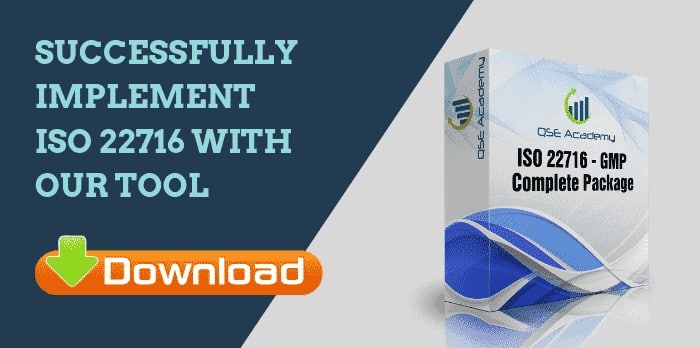
- Eradicate Conflicts of Interest
It could sometimes be difficult to do the right thing when nobody’s watching. Yet, integrity is one of the most important values of a good auditor. A Good Manufacturing Practice audit must maintain the integrity and remove any conflicts of interest an auditor has.
An internal auditor could face the challenge of being responsible for auditing an area or process that he or she is managing. Meanwhile, usual conflicts of interest for suppliers or external auditors are when they own a significant amount of stock in the organization, they have a family member or friend who works for the organization, or they have previously worked there.
Should you find yourself in a situation where there’s a conflict of interest, it is imperative to disclose it to the senior management. Better yet, decline to take part in the GMP audit.
- Apply Cooperative and Non-Confrontational Manners when Auditing
A Good Manufacturing Practice internal auditor assists an organization in ensuring all GMP specifications and proper quality requirements are being achieved.
As an auditor, you must establish good working relationships with those you audit. QSE Academy suggests working with your auditees to protect clients, ensuring everyone gets to retain their jobs. As a result, the organization remains respected and profitable.
Applying a non-confrontational manner helps promote cooperation and engagement. All employees, including the auditor, should work on a collective goal, which is to produce effective and safe products.
- Produce an Audit Report Based on Balanced and Fair Observations.
It could sometimes be impossible to do an auditor’s task and responsibilities without offending someone, but an auditor should be capable of minimizing confrontations without compromising the integrity of the audit.
Likewise, all observations on the audit report should be fair and balanced. It is also advisable to use non-inflammatory or non-derogatory language. Do not forget that a Good Manufacturing Practices audit aims to make an organization perform better.
- Accomplish Your Audit Report promptly
Drafting the audit report could be time-consuming. However, auditors should practice professionalism by completing the Good Manufacturing Practice reports on time. This also means ensuring the findings are accurate and fair.
Besides, an auditor should get feedback from the people who are affected by the report as soon as possible. The needed corrective actions can also be planned on time when the audit’s outcomes are presented right away.
- Plan Corrective Actions and Necessary Re-Audits.
Finally, an auditor should still participate in the planning of a cost-effective action and the duration of its application. If the organization finds it necessary, a re-audit of deficient areas or processes could be scheduled. In this way, the findings can help improve the organization.
To sum it up…
A Good Manufacturing Practices audit ensures that a finished product is consistent in its manufacture, free from contamination, and conforms to the quality standards. Those involved in the creation of the product should be adequately trained as well.
All of these should be well documented so a GMP auditor can check every aspect of the production process. Thus, a successful GMP audit will give an organization a better understanding of its products, operations, and processes.

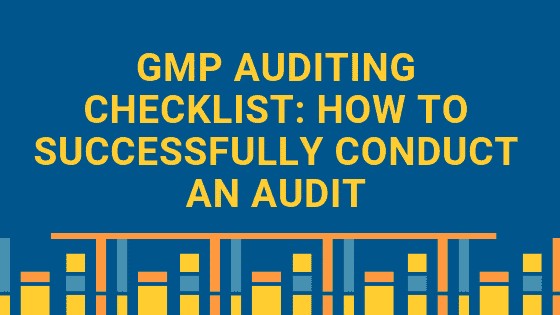

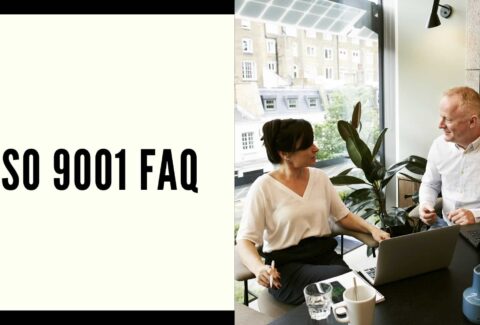
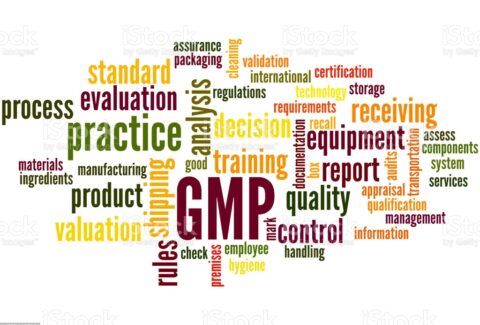
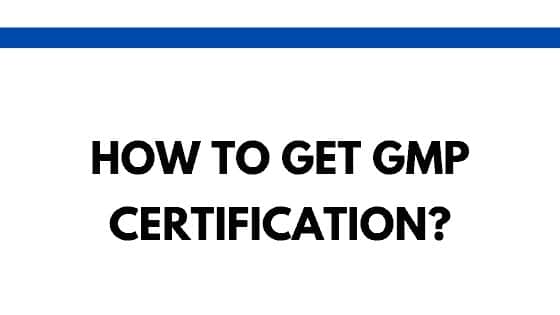

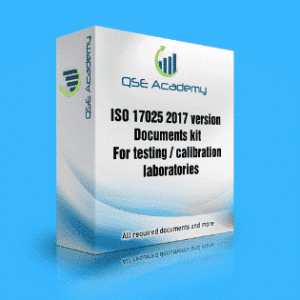







Comment (1)
CRISTINA
Would like to know your opinion on this – an audit was conducted at the canteen during breaktime period where everybody is busy at that very moment. At dishwashing area, the auditor seen some splash of water at the floor while doing the washing of dishes and utensils, to whom the auditee explained that cleaning, sweeping and drying of floor is regularly being done after each breaktime as soon as the washing is finish as well. Is it right to consider it as a findings still, despite of the applied define system? Thank in advance for your answer.